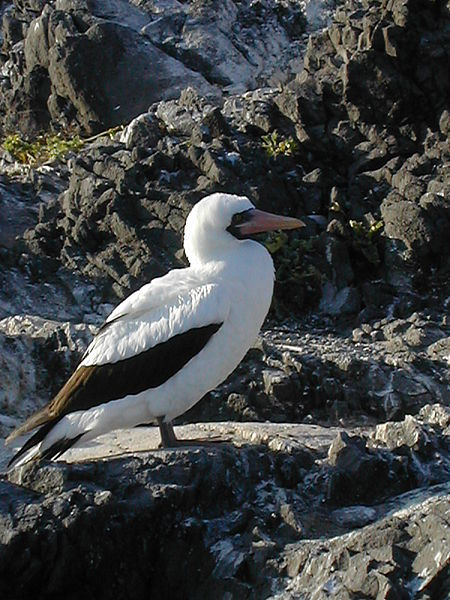FRIDAY, 28 OCTOBER 2011
The researchers from Wake Forest University have been using Nazca boobies on the Galápagos Islands as a model for studying the social transmission of behaviour. The birds live in colonies, meaning that the young birds come into close contact with unrelated adults, providing opportunities for abusive behaviour. The birds raise solitary nestlings on the ground and the parents leave their offspring alone in order to forage at sea, so there are plenty of opportunities for victimisation of the vulnerable chicks. Adults are seen to patrol the colonies looking for unattended chicks, which they proceed to peck aggressively. Adults have even been seen to make sexual advances.Throughout the study, the researchers recorded occurrences of bullying in chicks identified by leg tags. Four years later, when those chicks had grown up and returned to the same colony to nest, they were observed again to measure how often they abused nestlings. It turned out that the more the birds had been abused as chicks, the more likely they were to victimise other chicks. Another study by the same team suggests that high levels of corticosterone, the bird stress hormone, build up after a chick experiences abuse, and this may affect the bird’s behaviour later on in life. Not only do experiences during development have consequences for later social behaviour, this may have an underlying physiological cause.
Jacqueline Grace, an author on the paper, said “it’s fascinating that what many would consider an extremely complex human phenomenon is also occurring – perhaps through the same physiological mechanism - in Nazca boobies”. It seems that colonial birds like the Nazca booby may turn out to be a good model for studying the transmission of abusive behaviour, and may help us to better understand the mechanisms underlying the cycle of violence in our own species, too.
Written by Catherine Moir

